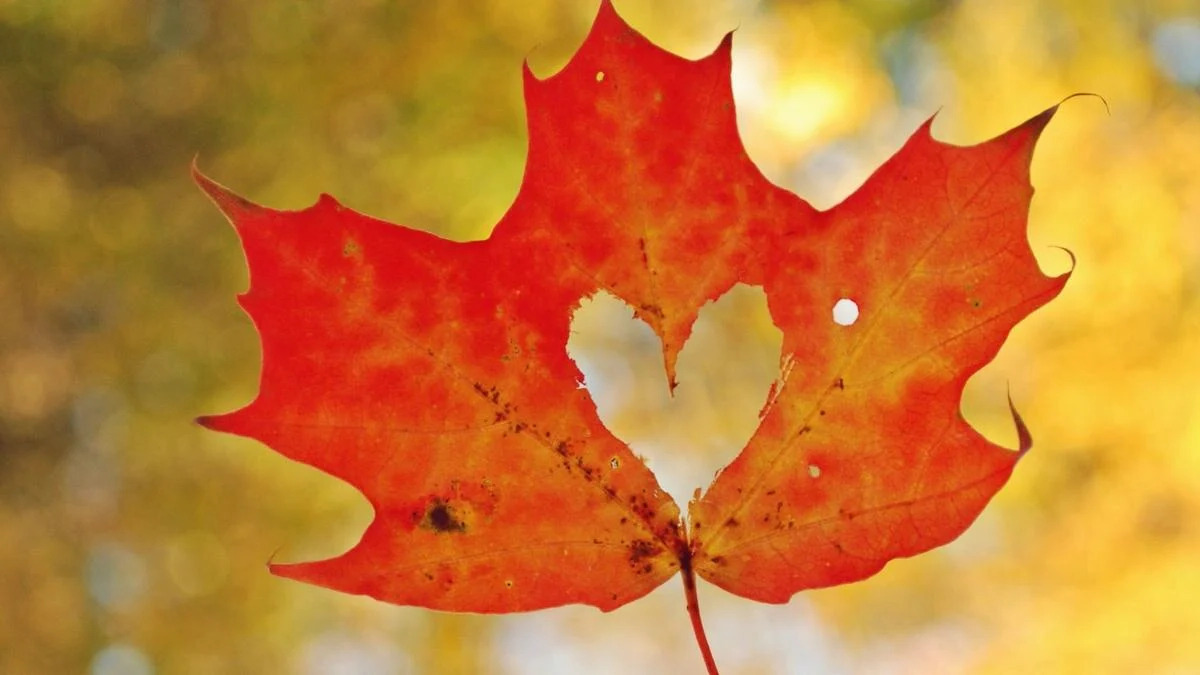
Leaves are nature's solar panels, converting sunlight into energy through photosynthesis. They come in countless shapes, sizes, and colors, each adapted to its environment. Ever noticed how some leaves are smooth while others are fuzzy? That's because different textures help them survive in various climates. Did you know that leaves can tell us a lot about the health of a plant? Yellowing leaves might indicate a nutrient deficiency or too much water. Ever wondered why leaves change color in the fall? It's due to the breakdown of chlorophyll, revealing pigments like carotenoids and anthocyanins. Leaves are not just pretty to look at; they play a crucial role in our ecosystem. They provide oxygen, food, and shelter for countless organisms. Ready to dive into more fascinating facts about leaves? Let's get started!
What Are Leaves?
Leaves are essential parts of plants, playing a crucial role in photosynthesis, respiration, and transpiration. They come in various shapes, sizes, and colors, each with unique characteristics. Here are some fascinating facts about leaves.
- Leaves are the primary site for photosynthesis, converting sunlight into energy for the plant.
- Chlorophyll, the pigment that gives leaves their green color, is vital for photosynthesis.
- Some leaves change color in the fall due to the breakdown of chlorophyll, revealing other pigments like carotenoids and anthocyanins.
- Not all leaves are green; some plants have red, purple, or variegated leaves due to different pigments.
- Leaves can be simple or compound. Simple leaves have a single blade, while compound leaves have multiple leaflets.
- The shape of leaves can vary widely, from needle-like in conifers to broad and flat in deciduous trees.
- Leaves have tiny openings called stomata, which allow for gas exchange and water regulation.
- Some plants have adapted to their environments by developing specialized leaves, such as the spines of cacti or the tendrils of climbing plants.
- Leaves can store water, as seen in succulents, which have thick, fleshy leaves.
- Some leaves have evolved to trap and digest insects, like those of the Venus flytrap and pitcher plants.
Leaves and Their Functions
Leaves perform several vital functions for plants, including photosynthesis, respiration, and transpiration. Let's explore some interesting facts about these functions.
- Photosynthesis in leaves produces oxygen as a byproduct, which is essential for most life forms on Earth.
- During respiration, leaves take in oxygen and release carbon dioxide, similar to how animals breathe.
- Transpiration is the process by which water evaporates from the surface of leaves, helping to cool the plant and draw water and nutrients from the roots.
- The waxy cuticle on the surface of leaves helps to reduce water loss and protect against pests and diseases.
- Some leaves can secrete substances to deter herbivores or attract pollinators.
- The arrangement of leaves on a stem, known as phyllotaxy, can affect how much sunlight each leaf receives.
Unique Leaf Adaptations
Leaves have evolved various adaptations to survive in different environments. Here are some unique adaptations found in leaves.
- In arid environments, some plants have small, thick leaves to reduce water loss, like those of the jade plant.
- Aquatic plants often have leaves with large air spaces to help them float, such as water lilies.
- Some plants, like the mimosa, have leaves that can fold up in response to touch, a phenomenon known as thigmonasty.
- Certain plants have leaves that can change orientation to reduce water loss or maximize sunlight absorption, like the compass plant.
Leaves are truly remarkable structures, each with its own set of fascinating features and functions. From photosynthesis to unique adaptations, leaves play a vital role in the survival and success of plants.
Nature's Green Wonders
Leaves are more than just green decorations on trees. They play a crucial role in our ecosystem, providing oxygen, food, and shelter. From the tiny leaves of mosses to the massive fronds of ferns, each leaf tells a story of adaptation and survival. They come in various shapes, sizes, and colors, each with unique functions and benefits. Understanding leaves helps us appreciate the intricate balance of nature. Next time you see a leaf, remember it's a powerhouse of life, working tirelessly to keep our planet healthy. Whether it's the changing colors in autumn or the fresh green of spring, leaves remind us of nature's beauty and resilience. So, take a moment to marvel at these green wonders and the vital role they play in our world.
Was this page helpful?
Our commitment to delivering trustworthy and engaging content is at the heart of what we do. Each fact on our site is contributed by real users like you, bringing a wealth of diverse insights and information. To ensure the highest standards of accuracy and reliability, our dedicated editors meticulously review each submission. This process guarantees that the facts we share are not only fascinating but also credible. Trust in our commitment to quality and authenticity as you explore and learn with us.


